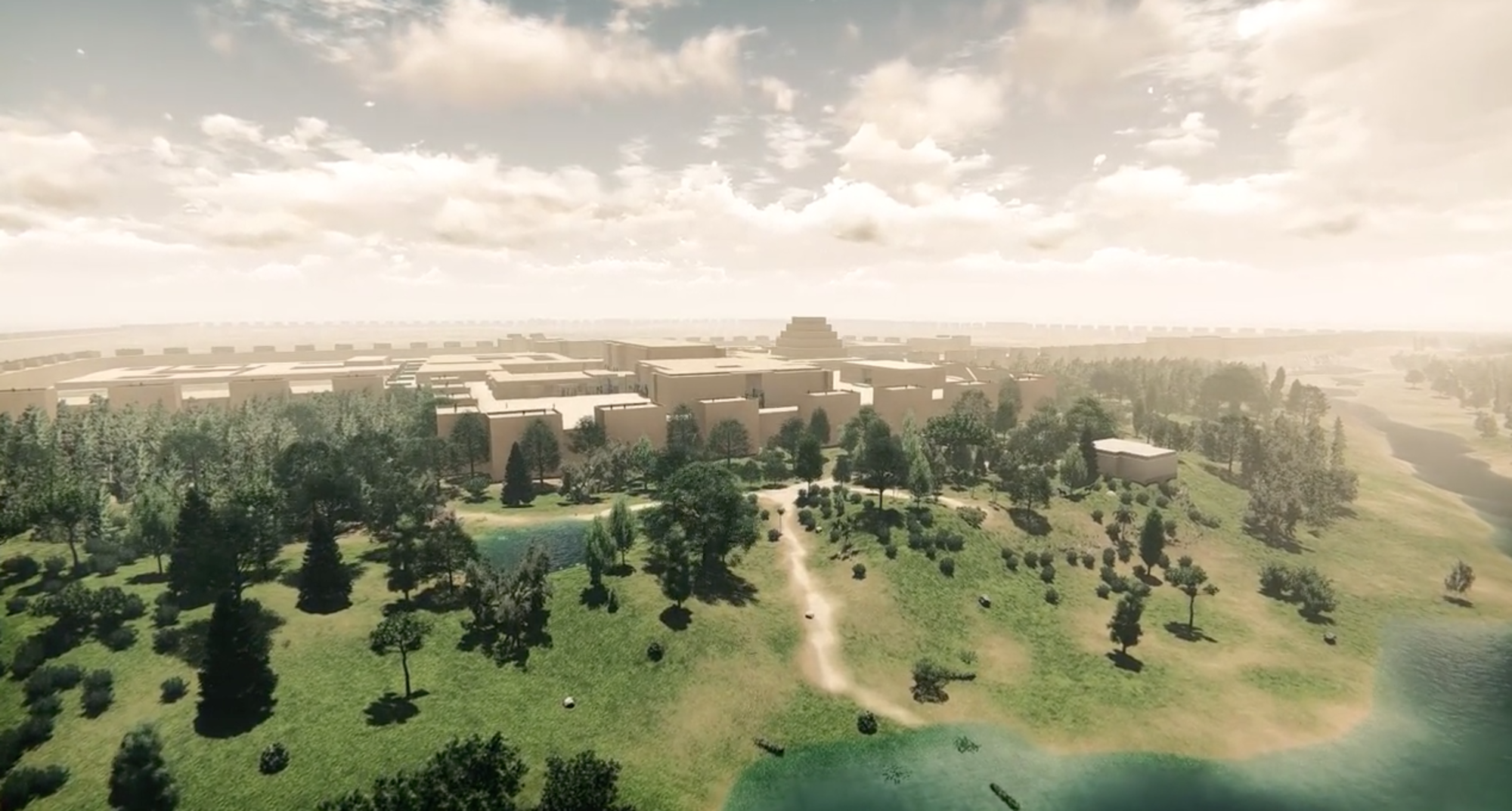
- Home
- Explore the site
- Assyria in the 1st millennium BCE.
- Nineveh
The last capital
Nineveh, which extends over the present-day tells of Kuyunjik and Nebi Yunus, has been occupied since prehistoric times (6th millennium BCE). However, it is best known as the last Assyrian capital, where King Sennacherib settled after the death of his father Sargon II. He had a palace built southwest of the Acropolis. He ordered a series of major works, including the creation of vast gardens, fed by a complex hydraulic system, perhaps the original site of the legendary hanging gardens of Babylon.
The palace of Ashurbanipal and the library
Built during the reign of his son Ashurbanipal, the northern palace is the most famous. It was decorated with sculpted reliefs including remarkable royal hunting scenes depicting Ashurbanipal killing lions. This palace and part of Sennacherib's palace housed Ashurbanipal’s library containing thousands of texts, including tablets on exorcism and divination, as well as the catalogues in which they were inventoried.
Excavations at Nineveh
The city, uncovered by Sir Henry Layard, was excavated by British archaeologists between 1842 and 1932. Foreign missions excavated the city from time to time in the second half of the 20th century. Nineveh is mentioned in the Bible, which partly explains why it is so well known. The Nebi Yunus or “Prophet Jonah” tell is mentioned in a story from the Bible in which Jonah visits the city. His tomb, built on the tell, was destroyed by the Islamic State group in spring 2015.



